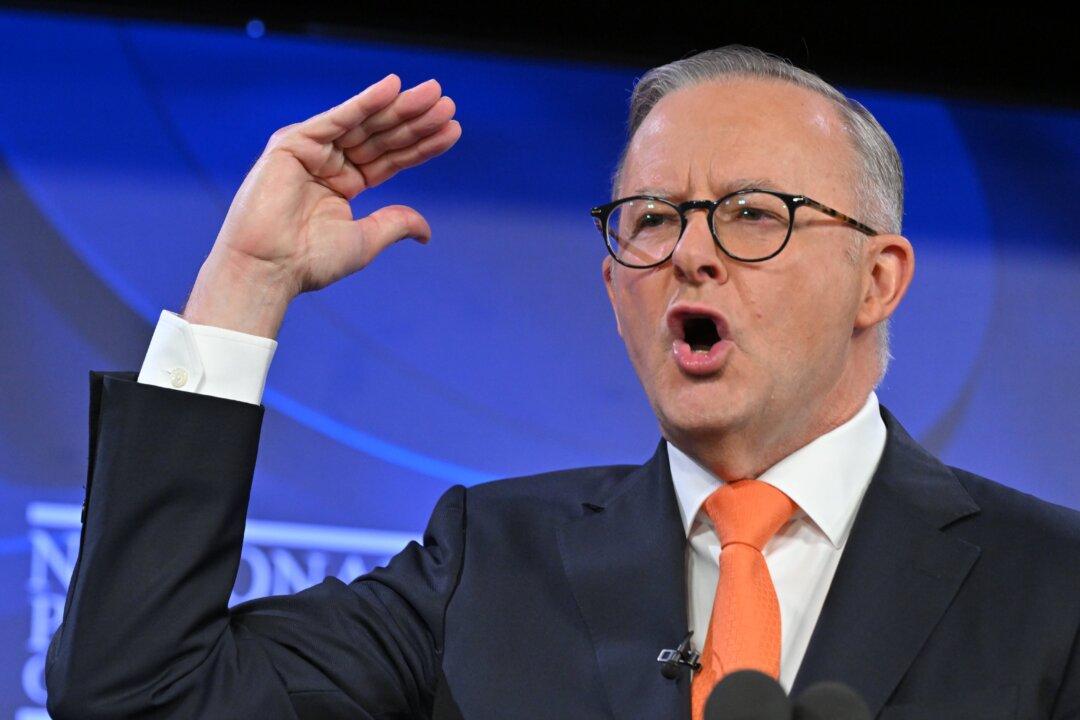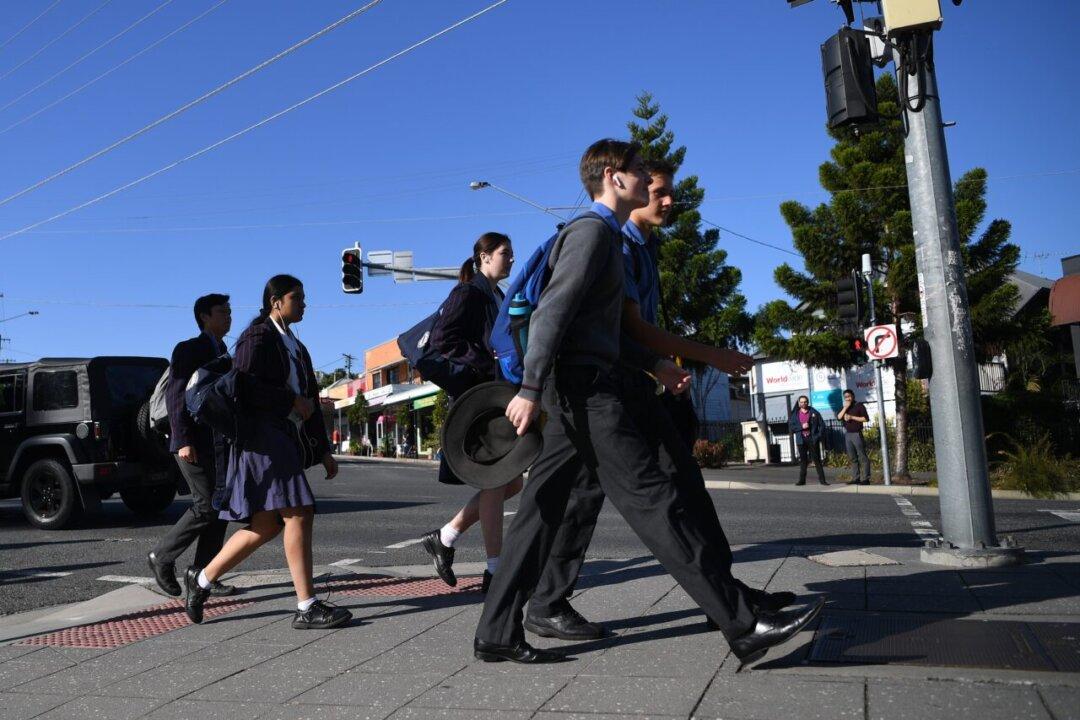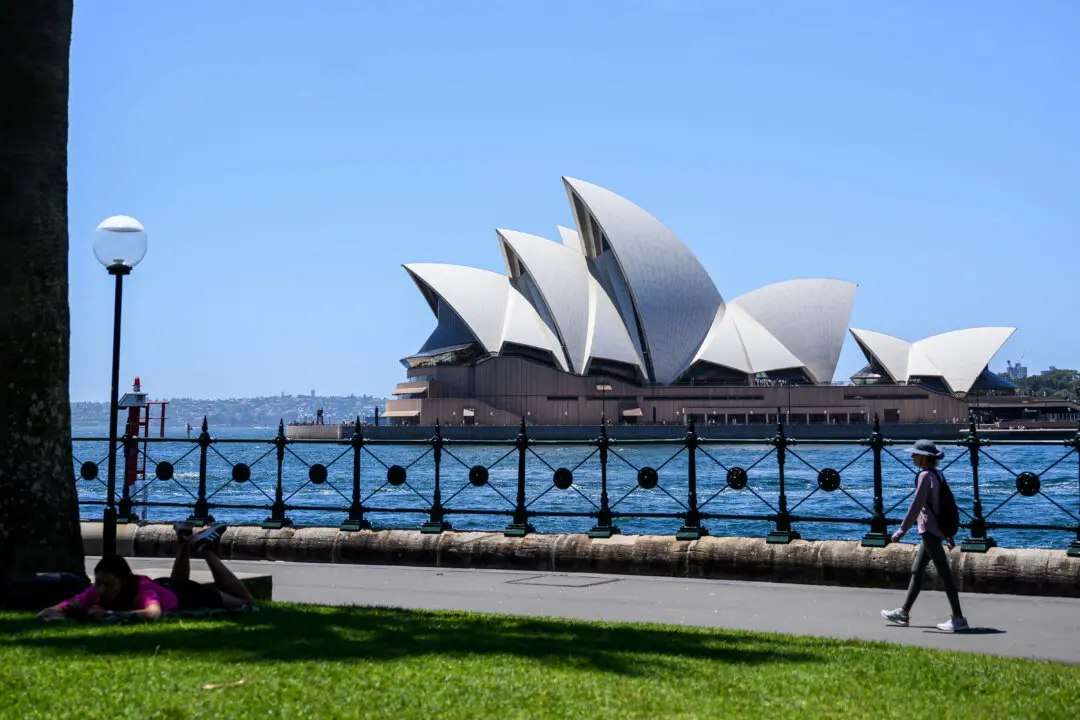“The right decision, not the easy decision.”
That’s the way Prime Minister Anthony Albanese described the government’s decision to abandon its long-held commitment to deliver the original stage three tax cuts and instead legislate for a package that will provide more money to low- and middle-income earners.





